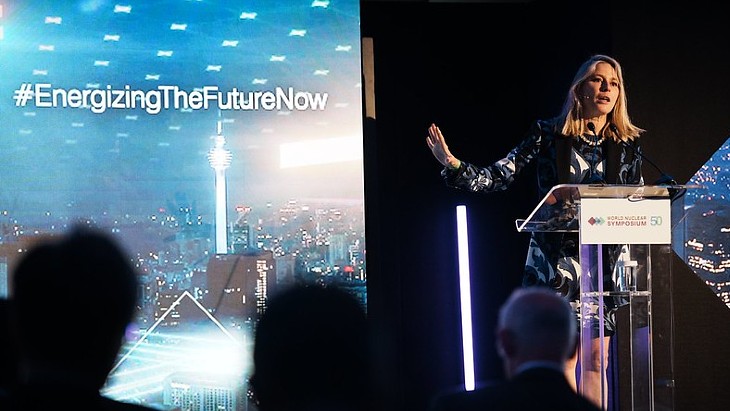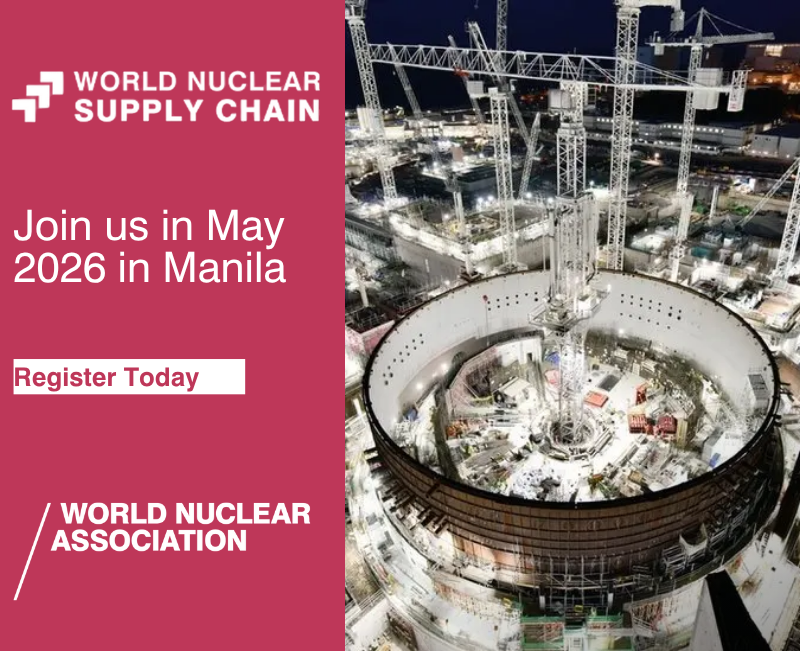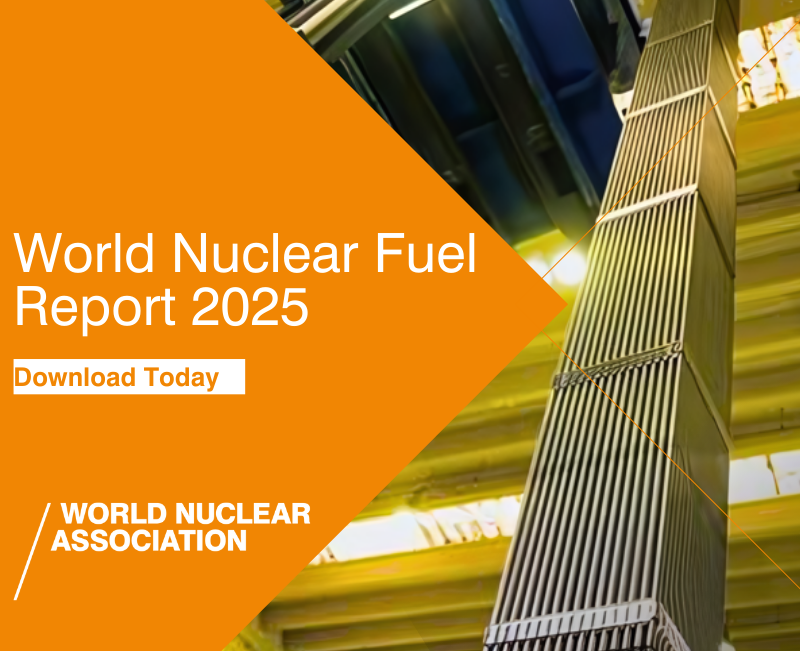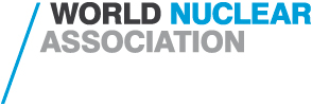Following the Chernobyl accident in April 1986 (you can read more about it in the World Nuclear Association's Chernobyl Accident information paper) a 4200-square kilometre Chernobyl Exclusion Zone was established, which has been largely uninhabited since. The study area focused on a part of a further 2000-square kilometre area outside the exclusion zone called the Zone of Obligatory Resettlement which was not totally closed off, but where no official investment or use of land has been allowed.
A study by the UK's University of Portsmouth and the Ukrainian Institute of Agricultural Radiology, published in the Journal of Environmental Radioactivity, focused on a 100-hectare site in the Zhytomyr region of the outer area. The study analysed soil samples and found that the effective radiation dose to agricultural workers was below Ukraine’s national safety threshold, and significantly lower than background radiation levels experienced naturally all over the world. The researchers say that, with proper monitoring and adherence to Ukrainian food safety regulations, many crops can be safely grown in these previously restricted zones.
Professor Jim Smith, from the University of Portsmouth, said: "This research is important for communities affected by the Chernobyl disaster. Since 1986 there has been a lot of misinformation about radiation risks from Chernobyl which has negatively impacted on people still living in abandoned areas. We now have a validated, science-based approach for bringing valuable farmland back into official production while demonstrating safety for both consumers and workers."
The study authors note that since the 1990s many scientists in Ukraine and elsewhere have been saying the land "can be safely used again despite contamination by radiocaesium and radiostrontium. But political complexities have meant that the land remains officially abandoned. That hasn’t stopped a few farmers taking matters into their own hands and beginning unofficial production in some areas. The new study has confirmed that the farmers were right - crops can be grown safely in most areas".
The research findings were published in April and the State Agency of Ukraine for Exclusion Zone Management said that earlier this year, in January, Ukraine's cabinet approved a resolution to begin a new stage of "dosimetric certification of settlements that have been exposed to radioactive contamination as a result of the Chernobyl disaster".
From 6 May, the agency said, "two mobile groups began visiting the Zhytomyr region. They include dosimetrists, radiation monitoring specialists, observers, as well as representatives of territorial communities. After the completion of sample collection, all data will undergo laboratory processing and be sent to the National Academy of Sciences for the formation of expert opinions ... scientific research is always important and necessary. At the same time, research results should serve as an auxiliary tool in the formation of public policy, but cannot replace or repeal current legislation".
According to its update on 19 May, more than 350 samples have been taken since the start of the work.
Special commission
In April this year a Temporary Special Commission of Ukraine's parliament, the Verkhovna Rada, was established with the goal of "improving legislation in the field of social protection" of people who were affected by the Chernobyl accident. Its aims also include "development of measures to improve the mechanism for establishing and reviewing the boundaries of zones into which the territory that was subjected to radioactive contamination as a result of the Chernobyl disaster is divided, and the assignment of settlements to the relevant zones" and "development of measures to counter the illegal use of radiation-hazardous lands, including for the production of agricultural and other products".
A meeting of the commission, held at the Chernobyl nuclear power plant last month, also heard there were issues of identifying people who had been affected whose documents may have been lost. The aim, the meeting heard, was to ensure fair payment for victims, while also identifying cases where people who were not victims "register in the contaminated zone in order to receive appropriate payments from the state".
Arseniy Pushkarenko, Chairman of the Temporary Special Commission (TSC), said: "The current legislation needs changes, because it does not correspond to today's realities. The main goal of our TSC's work is to develop appropriate legislative solutions. There is a lot of injustice, but along with this, there are many abuses. The topic is complex and multi-vector, but the Parliament's decision to create a Temporary Special Commission returns the issue of the Chernobyl disaster to the agenda."
French funds for shelter
At the site of the Chernobyl nuclear power plant itself, the work to assess and plan for the repair work on the giant New Safe Confinement shelter which covers the ruins of the destroyed unit 4, continues.
Following the 1986 accident a shelter was constructed in a matter of months to encase the damaged unit, which allowed the other units at the plant to continue operating. It still contains the molten core of the reactor and an estimated 200 tonnes of highly radioactive material.
However it was not designed for the very long-term, and so the New Safe Confinement - the largest moveable land-based structure ever built - was constructed to cover a much larger area including the original shelter. The New Safe Confinement has a span of 257 metres, a length of 162 metres, a height of 108 metres and a total weight of 36,000 tonnes and was designed for a lifetime of about 100 years. It was built nearby in two halves which were moved on specially constructed rail tracks to the current position, where it was completed in 2019.
In February the roof of the arch-shaped New Safe Confinement was struck and damaged by a drone. The subsequent smouldering fires on the insulation layer of the shelter took weeks to extinguish, with the International Atomic Energy Agency reporting that more than 300 cuts in the outer cladding had had to be made to tackle the blaze. Although the damage had no impact on radiation levels, the IAEA Director General, Rafael Mariano Grossi said "it will take both considerable time and money to repair all of it".
France has now pledged EUR10 million (USD11.25 million) to the European Bank for Reconstruction and Development's Chernobyl Cooperation Account towards the cost of repairs of the New Safe Confinement. Initially the work will involve making the external cladding water-tight, followed in the longer term by work to "restore the core functionality of the facility to minimise the release of further contaminated dust into the environment and provide the conditions for the safe deconstruction of the old shelter and destroyed reactor in the future".
Article researched and written by WNN's Alex Hunt





_50545.jpg)
_40405.jpg)
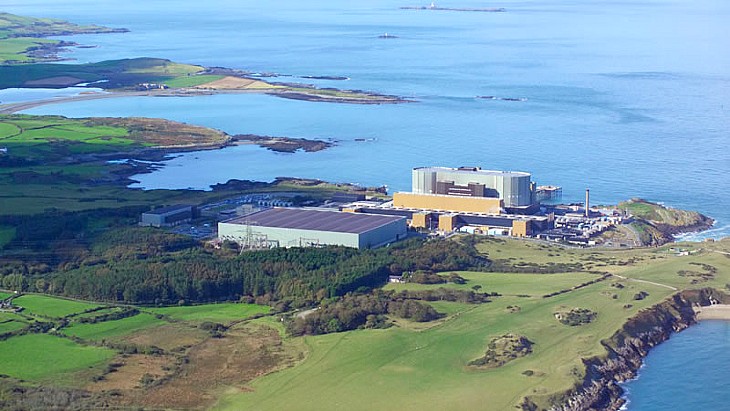
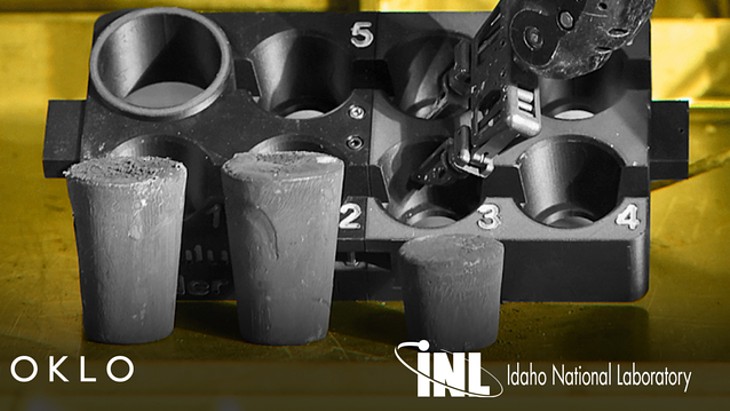
_76087_55556.jpg)
